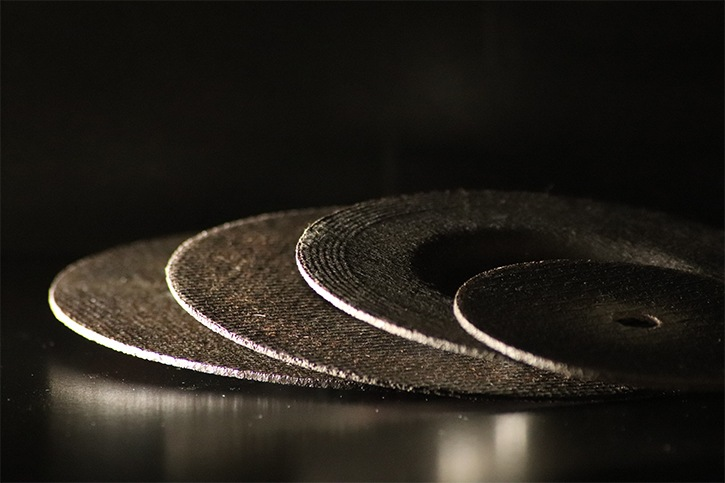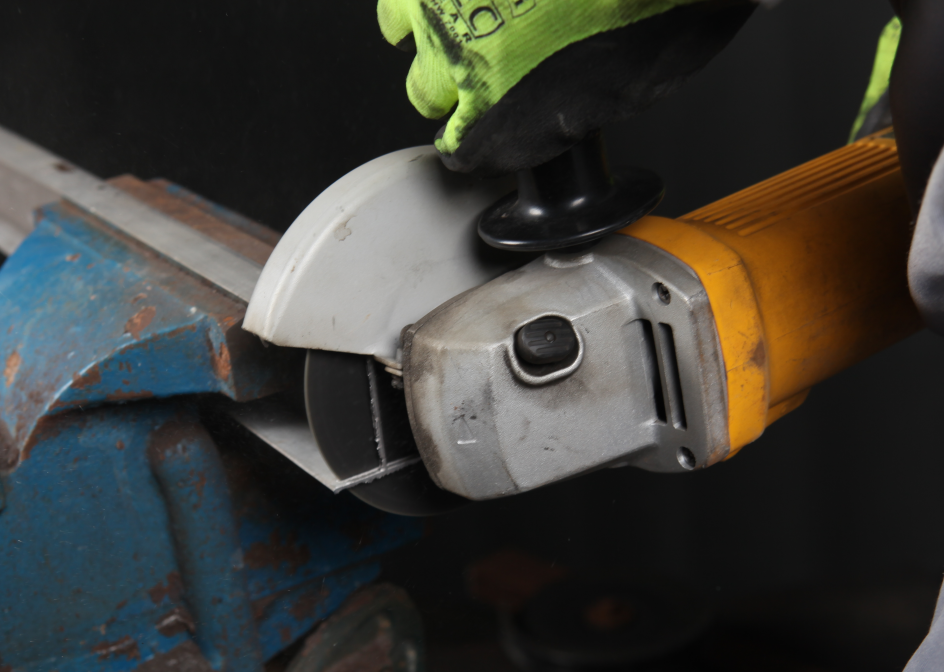Bonded abrasives are natural or synthetic abrasive grains “bonded” into a tangible form, usually within the shape of a wheel. Bonded abrasives include grinding and cut-off wheels, hanging wheels, segmented, mounting wheels, plugs and cones. Such abrasives are used in a wide variety of applications.
1. What are bonded abrasives made of?
Bonded abrasives consist of abrasives within a matrix, although very fine aluminum oxide abrasives can include sintered materials. This matrix is called a binder and is usually a block of clay, resin, glass or rubber. This binder and abrasive mixture is usually shaped into blocks, rods or wheels.
Commonly used abrasives include alumina, carbide, boron nitride, zirconia alumina and ceramic alumina. An artificial grinding stone is usually a bonded abrasive that is available as a double-sided block, with high-quality grit on all sides.
2. Bonded Abrasive Grits and Granules
Grinding wheels and other bonded abrasives have only two essential components. The special abrasive used in the wheel is chosen to support the way it interacts with the work material. Each abrasive type is unique, with varying degrees of hardness, strength, fracture toughness and impact resistance.
- Aluminum oxide
- Zirconia alumina
- Silicon carbide
- Ceramic alumina
Each corundum wheel has a number showing its grit size. Coarse grains are suitable for quick stock transfers that do not require surface preparation. Fine grit wheels are ideal for separating fine finishes, for small contact, and for hard and brittle materials.
3. Bonded Abrasive Type
There are three main types of bonds used in traditional grinding wheels. Each type provides specific characteristics for the grinding action of the wheel. The choice of abrasive bond type depends on the operating speed of the grinding wheel, the type of grinding operation, the required precision and the material to be ground.
- Vitrified bond
Grinding wheels made of vitrified bonds are very hard, healthy and porous. They remove raw materials at high speed and grind to meet requirements. They are not affected by water, acids, oils or temperature changes.
- Organic bond
These bonds soften in the warmth of the grind. The main common type of organic bond is the resin bond formed by the resin. For applications that require quick removal of stock, and for applications that require a better finish, resin bonded wheels are an excellent choice.
- Rubber bond
Friction bonding provides a smooth abrasive action to the wheels. Rubber bonds are often found on wheels used for high-quality finishes, such as needle bearing and roller bearing races. The hardness or strength of the bond is specified according to the grade of the grinding wheel. A bond is claimed to be of critical quality if the bonded post or span between each grit is solid and holds the grit against abrasive forces that tend to pry it loose.
The grinding process can truly be viewed as an engineering system, consisting of four key components: machine, grinding product, working material and operating factors. Manufacturers who want to optimize the productivity of their grinding systems examine these variables and evaluate the impact of changes to at least one wheel on others when deciding which wheel is best for their application.
Final Thoughts
Hope the information we provide could bring you to know about Bonded Abrasives, get more details: https://binictools.com/.


